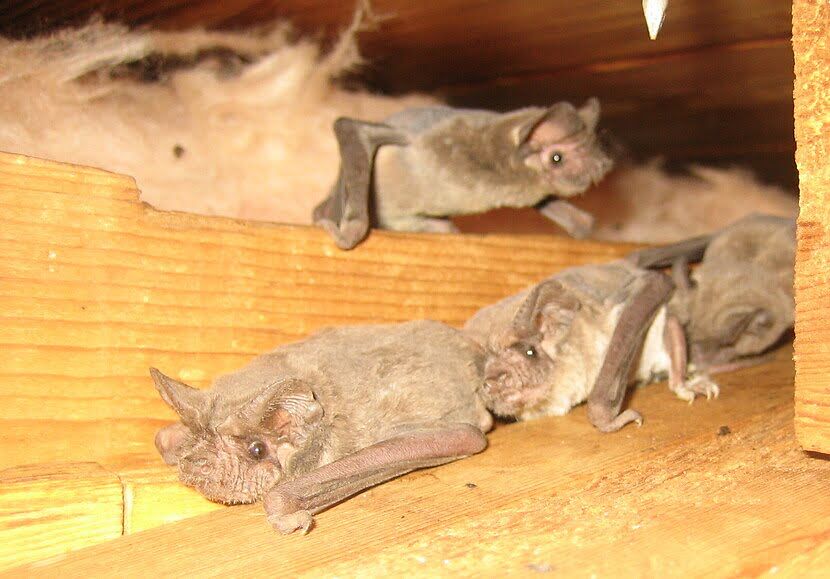
Bats are a species that has adapted very well to the increase in human habitation, and in many areas where their natural habitats have been destroyed, more bats are adapting to live alongside humans. For this reason many more people are having problems with bats colonizing their roof cavities, and this is particularly problematic for those people who have a Spanish-style Barrel Tile Roof.
Why Do Bats Prefer Properties With A Barrel Tile Roof
One of the main reasons that so many households with a barrel tile roof have problems with bats is that the tiles themselves aren't designed to prevent flying animals from getting underneath the tiles. The curved design of the tile means that there are spaces beneath these tiles that are easy for bats to get into, which makes properties with a barrel tile roof an ideal location for a colony.
Another feature of the barrel tile roof that is attractive to bats is that the numerous bat entry points mean that it is very accessible, as bats do prefer to roost somewhere they will have numerous escape points.
Removing The Bats From The Roof
Dealing with an infestation of bats in a barrel tile roof is more difficult than in a standard roof, because with the vulnerable construction every tile is a potential entry spot. For this reason the entire roof will need to be dealt with, and the most common way to do this is to install bat exclusion netting that will cover the entire roof.
The key feature of this netting is that it will allow all of the bats to exit the roof, and once they have left the roof they won't be able to get back in while the netting in place. Installing such a net on a roof is challenging even for an experienced bat removal expert, so this is certainly not a job for the enthusiastic amateur.
When To Carry Out The Work
Installing the netting is something that will help to deal with adult bats, but the work shouldn't be carried out when there is a risk of leaving any baby bats inside the roof cavity with no way of reaching the mother. All colonies that are found in roof cavities will be maternity cavities, and for this reason the law prohibits carrying out any bat removal work between April and August.
Cleaning And Sealing The Barrel Tile Roof
After a few days with an exclusion net in place, all of the bats will have left the roof cavity, and this is when the remedial work can then be carried out. The first step is to clean all of the droppings and urine damage that is inevitably associated with a bat infestation. The droppings themselves should either be vacuumed or shoveled out of the roof space, and it is important to wear suitable breathing equipment because of the health risk of inhaling spores from bat droppings. Once all of the droppings have been removed, all affected areas will need to be sprayed with a cleaning solution that neutralizes the fungal content of the droppings, and will also kill any bacteria or viral health risks that remain.
When it comes to sealing the roof cavity of a barrel-tile roof, it can often be quite a complicated job. Much of the work will need to be carried out from within, to block off the entrance points. There are also a number of different spots that will need to be sealed externally. One of the commonest entry points for bats is in the curve of the tiles that overhang the woodwork supporting the roof, and these will each need to be sealed using wire mesh. Most barrel tile roof constructions will have overhanging areas and gaps, particularly where the roof meets a skylight or vent, and these will also need to be closely examined and sealed.
Hiring A Bat Removal Expert
When it comes to dealing with a bat problem, there are some jobs that should be left to the professional, and a bat colony within a barrel tile roof is certainly one that should be left to the experts. The sheer number of potential entry points and the health hazards of dealing with a bat colony means that this is work that is hazardous, and needs a professional to deal with it.
Go back to the pestcontrolbat.com home page.
Copyright 2021 - pestcontrolbat.com
Nationwide Bat Control